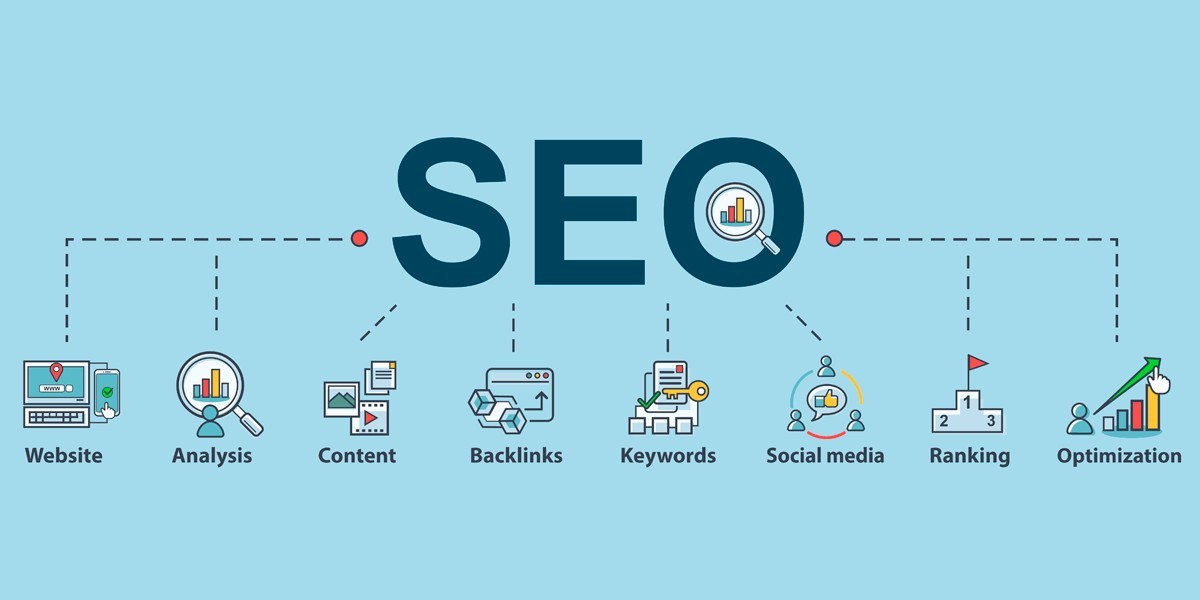SEO forms the foundation for any website. Your website's traffic and monetization hinge on your SEO strategy.
As a company, you may wonder about your SEO investment: global or local? These are common client inquiries.
Through this article, I will share insight into two SEO types: local SEO and international SEO.
Let’s Understand Local SEO
What is Local SEO? Basically, it refers to the practice of enhancing a website's visibility in local search results. Hence, you attract leads and promote brand recognition within a specific geographic area. It proves most beneficial for businesses targeting a local city or region, particularly small enterprises.
Local SEO services deliver search results tailored to a user's current location. Optimizing your website's content with location-specific keywords increases the likelihood of it ranking higher in search engine results.
Here is an example of how local SEO works-
Here you optimize a website for location-based keywords such as "cafes near me". This helps businesses to appear in local search results. Plus, it makes it easier for customers to find them.
Additionally, local SEO can help businesses build customer relationships when they appear on location-based websites like Yelp.
Common tasks associated with Local SEO include:
Keyword identification for local searches.
Incorporating on-page elements to enhance the user experience.
Listing your business on Google My Business.
Setting up citations (mentioning your business online).
The art of managing reviews and ratings.
Taking part in social media marketing.
Backlinking your website with relevant stuff.
Now, Let’s Move on to International SEO
International SEO is the practice of optimizing a website to expand its reach and visibility to a global audience. This involves various tasks to ensure your website performs well in different countries and languages. Here's a more in-depth look at international SEO and the associated tasks:
Comprehensive Keyword Research
Conduct thorough research to identify keywords and phrases that resonate with international audiences in various regions. This involves understanding local search behaviors and preferences.
Content Localization
Tailor your website's content to suit the language and culture of different target regions. This includes translating content, adapting images, and considering cultural nuances.
Hreflang Tags Implementation
Hreflang tags are essential for telling search engines which language and country a specific piece of content is intended for. Implementing these tags correctly is crucial for international SEO.
Country-Specific Domain or Subdomain
Consider using country code top-level domains (ccTLDs) or subdomains to indicate the geographical relevance of your website. For example, .uk for the United Kingdom or .de for Germany.
Mobile Optimization
Ensure that your website is mobile-friendly and responsive across various devices and screen sizes, as mobile usage patterns may vary globally.
Building Backlinks from Local Websites
Acquire high-quality backlinks from websites based in the target countries. Local backlinks can boost your website's authority in specific regions.
Global Website Structure
Design a user-friendly and intuitive website structure that accommodates international visitors. Proper navigation is key to enhancing the user experience.
Multilingual Sitemaps
Create sitemaps for each language version of your website. This helps search engines index your content accurately and improves discoverability.
Google Search Console Configuration
Utilize Google Search Console to set geographical targeting for specific countries. This tool provides valuable insights and helps Google understand your international targeting.
Ongoing Monitoring and Analytics
Continuously monitor your website's performance in different regions. Analyze metrics like traffic, rankings, and conversions to identify areas for improvement. Adjust your international SEO strategy based on data-driven insights.
In a Nutshell
SEO is a holistic strategy. Both international and local SEO are facets of it.
To some extent, they are similar because both of them come with location-based targeting.
However, it is quite obvious that…
Strategies for both are different as you are targeting different markets. I hope you have understood by now. If you need further help, choose premium SEO services.








